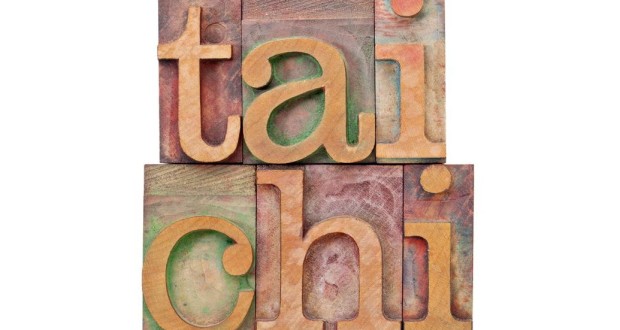You have no doubt heard of Tai Chi, and maybe have seen some people performing it. At first glance, tai chi exercises certainly look impressive, if not somewhat complicated. But what is the purpose of these movements, and how did Tai Chi develop into the art form we know today? A closer look at Tai will not only reveal its origins, but also its purpose and benefits for your health.
Origins
The exact beginnings of the building blocks of Tai Chi cannot be traced back to a particular person or year; rather, the art developed over the course of 2,500 years. The earliest form of Tai Chi dates back during the reign of King Gou Jian of Yue (an area consisting of present day Shanghai, northern Zhejiang and southern Jiangsu) from 496 – 465 B.C. During this period, records mention an art called Nei Chia, which emphasized body movements, breathing and posture to harmonize a body’s internal and physical energy. Over the ensuring centuries, Nei Chia continued to evolve, eventually branching out to create a number of different art forms. One of these art forms was Tai Chi.
There are two theories as to who was the first person to practice Tai Chi. The first theory contends that a man named Chang-San Feng developed Tai Chi over 600 years ago on China’s Wu-Tang mountain. The second theory argues that Chen Wan-Ting was the first person to practice the art around the year 1540. According to this version of events, Ting kept the practice a closely guarded secret among himself and his followers. The second explanation is generally the more accepted of the two theories by researchers.
Tai chi is believed to have been kept isolated to Ting’s village until the end of the eighteenth century, when a student named Yang spread the practice all across mainland China. As Tai chi began to gain followers through the country, five schools began to emerge as the most popular teachers of the art. These schools were known as Wu, Chen, Yang, Sun and Wu/Hao. The Wu brand of Tai Chi was crafted between 1812 and 1880, whereas the Sun style was developed between 1861 and 1932. Tai Chi was finally introduced to the West in the 1960s and 1970s.
Purpose of Tai Chi
The purpose of Tai chi is fairly simple to understand. According to traditional Chinese belief, a form of external energy called Qi runs throughout the body. Inside the body are also forces known as Yin and Yang, which much be evenly balanced with each other to maintain good health. When Qi cannot reach certain areas of the body, the Yin and Yang forces will be thrown off kilter, and the afflicted body parts will fall ill with disease. Tai Chi was designed to strengthen Qi, allowing it to flow undisrupted through the practitioner. When Qi is able travel freely through the body, the harmony between the Yin and Yang forces will be restored.
Basic Movements and Practice
While it is very difficult to describe the many unique movements, poses and postures associated with Tai chi, below are some detailed descriptions of the art’s more basic exercises.
Whip Stance – This is a stance that should be relatively easy for new Tai Chi students. Start by extending your left hand in front of you with the palm facing upward. Take your right hand and place it behind your left hand; your right hand should be hooked downward. The next step is to bend at the knee and hold the position; you should look like you are pulling an imaginary rubber band with your hands.
Yang Brush Knee – Start this exercise by putting your left leg in front of your right leg, and then bend at the knee. Put the back of your hand on your left knee. At shoulder height, and extend your right hand forward. Place your palm up, as if you were a police officer making a stop sign. Try to hold this form for 30 seconds, while keeping your knees slightly bent.
Kick With Right Heel – You should begin this exercise with legs shoulder-width apart. Place your hands at shoulder height with your palms facing upward. Kick with your right leg, making sure to extend the heel. Hold this pose for 3 seconds. This exercise can improve your balance and coordination.
Health Benefits
Tai Chi has a number of proven benefits for both your mental and physical health. Researchers have found that Tai Chi can help treat the following afflictions:
|
|
|
|
|
|
|
|
|
Tai Chi has rich history, and can prove especially useful for improving your health and overall well–being. By learning and practicing this ancient art, you can take meaningful steps toward developing bodily strength and acquiring peace of mind.
 Natural Knowledge 24/7 Educate yourself with nutrition, health and fitness knowledge.
Natural Knowledge 24/7 Educate yourself with nutrition, health and fitness knowledge.






